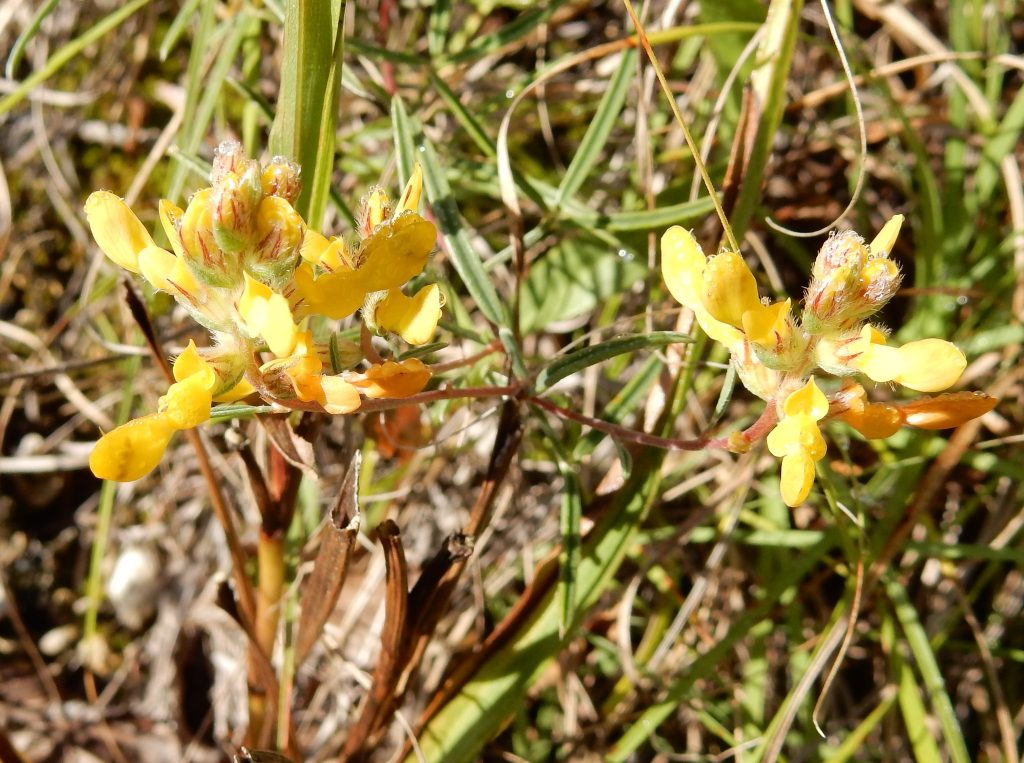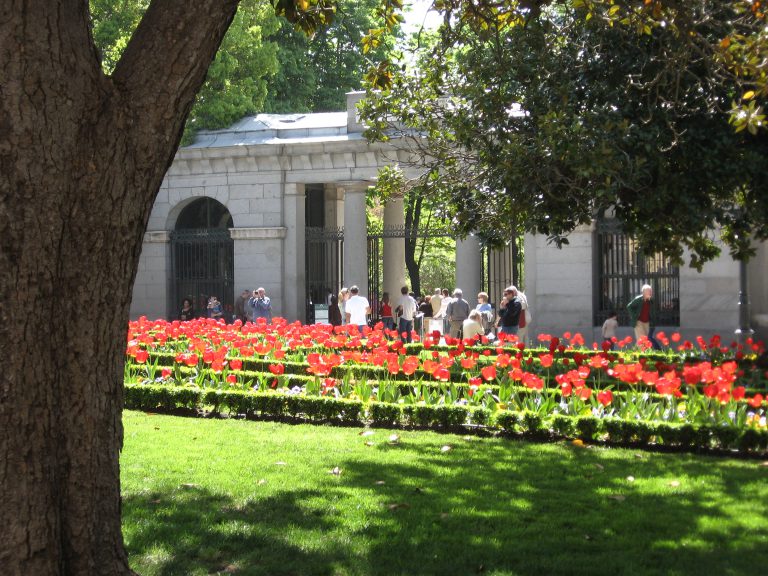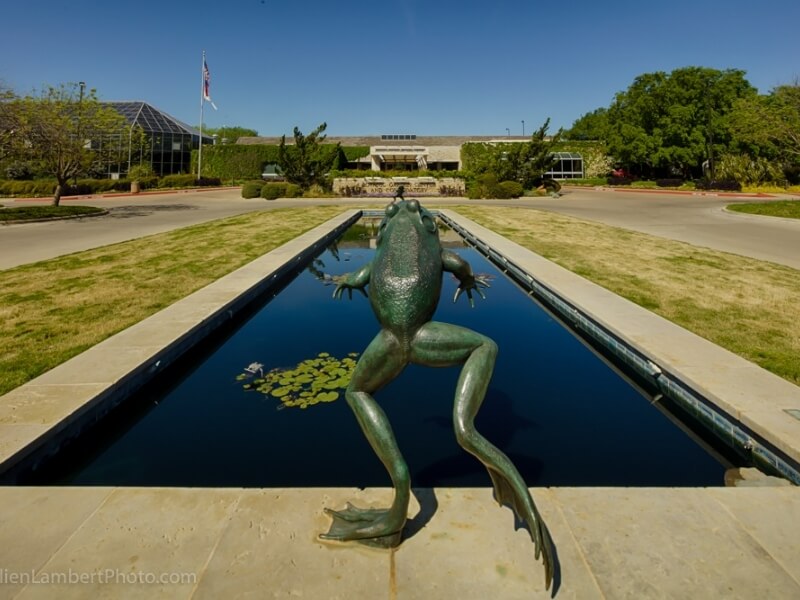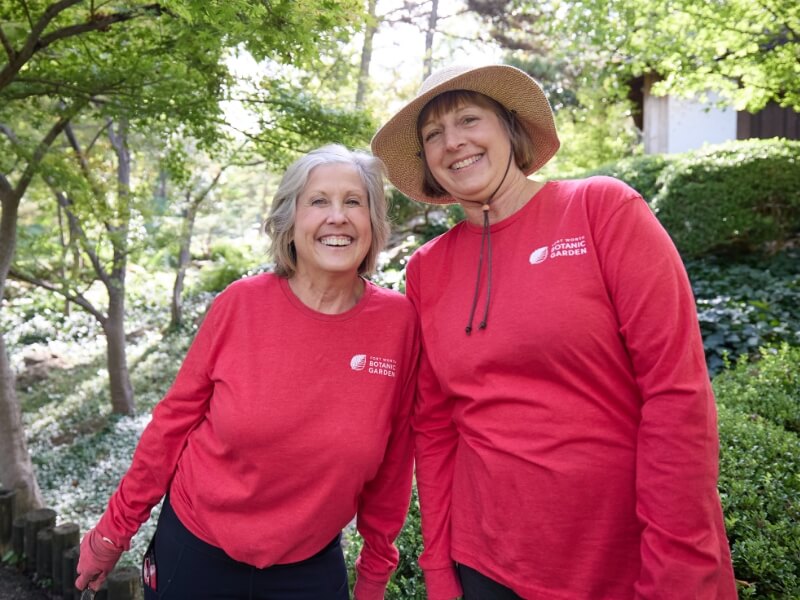BRIT Conservationists Work with Developers and Landowners to Rescue Threatened Plants One Seed at a Time

It’s tempting to try to rescue rare and threatened native Texas plants like limestone quillwort, but it’s best to let the experts do their work.
It’s human nature to want to do something when we hear about a problem. That’s as true for conservation as any other crisis.
Unfortunately, the options are limited for most folks. As much as we want to save tigers and polar bears from extinction, the ways we can actively get our hands dirty and help are limited.
But if it’s an opportunity to save rare plants from a bulldozer on a site less than an hour’s drive from our own house? Many of us would grab a shovel and jump in the car.
Not so fast, says BRIT Conservationist Kay Hankins. Rogue plant rescues can ultimately do more harm than good.
BRIT’s Texas Plant Conservation Program concentrates on protecting Texas native plants by surveying and monitoring wild populations, collecting voucher specimens for the BRIT Herbarium, and seeds for the BRIT Conservation Seed Bank. To date, the team has conserved more than 100,000 seeds in more than 55 seed accessions representing over 25 unique, rare, sensitive, or endangered plant species native to the state of Texas.
What, then, can they do when they learn a developer plans to bulldoze a site rich with rare and native plants?
What they’re not going to do is try to access a privately owned site without permission. “Sometimes well-meaning people will organize unauthorized grassroots rescues in an attempt to save native plants from assured destruction,” says Hankins. “Their heart is in the right place, but it’s not the most effective strategy long-term.”
A recent article co-published by Grist and The Texas Tribune described a rogue rescue campaign to collect plants from a site slated for development in southern Dallas. The motivation behind their actions stems from a place of concern, says Hankins, who was quoted in the article, but the approach is considered both unethical and unwise in the conservation community.
For one thing, only plants that are ethically collected can be added to the collections of organizations like BRIT; illegally collected plants cannot be studied by scientists. For another, collecting plants without landowner permission frequently involves trespassing and other legal violations.
Most importantly, renegade plant rescues engender distrust between conservationists and landowners. “Actions that hinder our ability to build bridges with developers, even when done with the best of intentions, have potentially severe consequences for native plant conservation in the long term,” says Hankins. Understanding the perspective of landowners and developers and focusing on education and cooperation pay off.

Hall’s prairie clover is one of the rare Texas plants that the Texas Plant Conservation Program seeks to protect.
BRIT staff have taken inspiration from the Native Plant Rescue Project, which operates near Austin. The organization works with private landowners and municipalities to responsibly rescue plants from development. Rescued plants and seeds are distributed to conservation agencies, local native plant growers, community pollinator gardens and other habitat building programs including right here at the BRIT Conservation Seed Bank.
Ashley Landry, founder of the organization, monitors municipal websites and follows the news to spot new developments, reaches out to landowners and developers, and coordinates plant rescues so that they do not interfere with construction projects. By building relationships, the Native Plant Rescue Project has rescued more than 300 native species from sites around Austin. Similarly, the BRIT Conservation team has conducted rescues of the seeds of rare native plant populations and seeks to expand its relationships with local landowners.
At the same time, Hankins encourages real estate investors and developers to reach out to BRIT. “There is this tragic misconception that conservation biologists will attempt to sabotage or halt development if a rare plant population is discovered on a project site or someone’s private property, but that couldn’t be further from the truth,” says Hankins. “We cannot stop the world from turning, but if we can rescue some plants that would otherwise be lost to science before they’re gone forever.”
“We have a choice,” says Hankins. “We can either continue to try to conserve sensitive native plant species here in DFW from the inherently disadvantaged reactionary position that we frequently find ourselves in now, or we can seek a new proactive way forward that is mutually beneficial rather than adversarial. The Texas Plant Conservation Team here at the Garden and BRIT are here to help the community forge this new path.”





